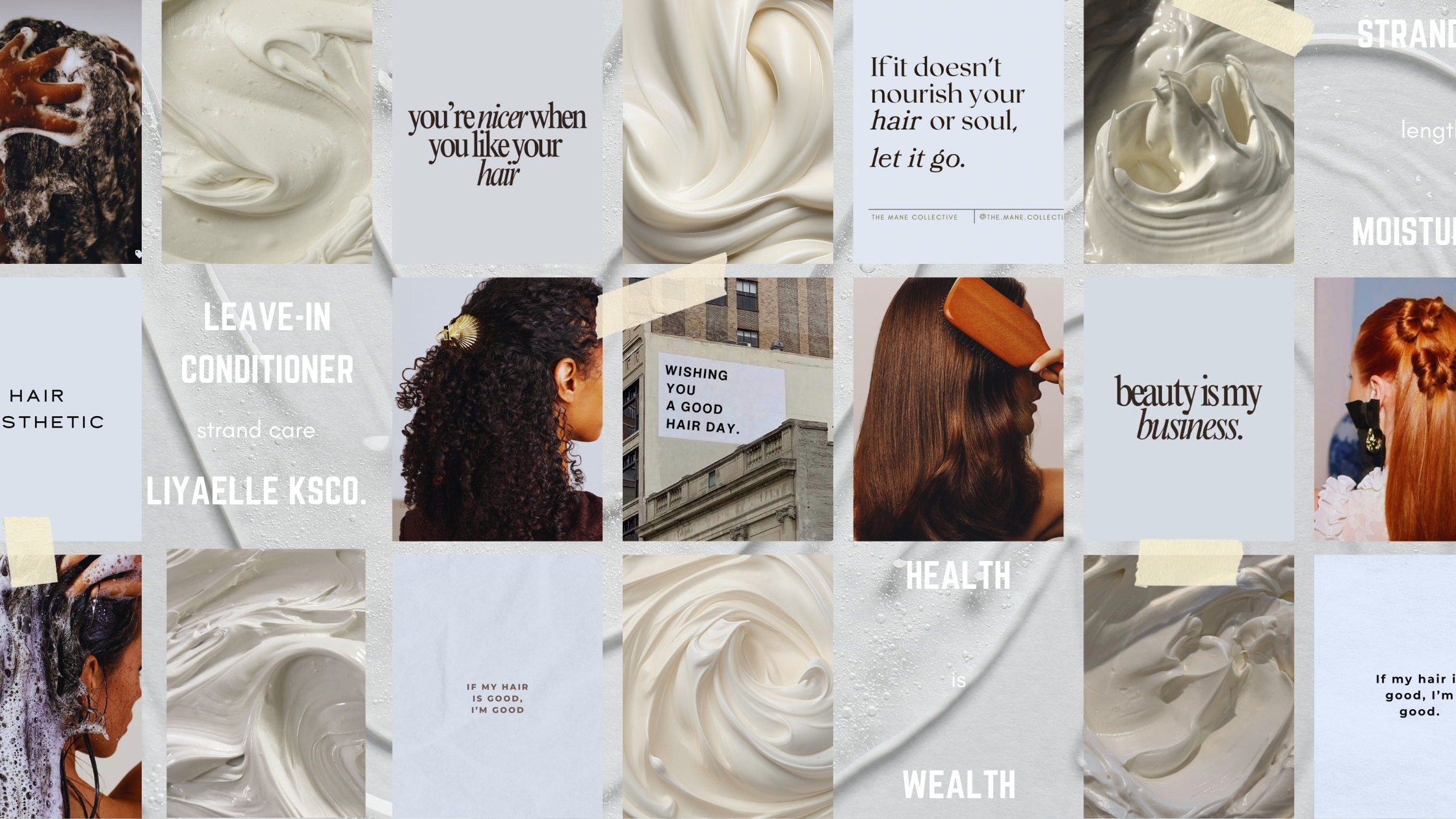Tress Code | Why Heat Protectant Matters (and Why Sometimes Silicones Are Okay)

Tress Code | Reconstructive and Protein Treatments: The Balance Your Hair Needs

Tress Code | Plastic-Free Shampoos For Every Hair Type

Tress Code | Leave-In Conditioner

Zero Waste, Zero Toxicity | Plastic-Free Conditioners

Tress Code | Are A Conditioner and Deep Conditioner the Same Thing?

Tress Code | Discover Your Moisture Blueprint

Tress Code | The Quench and Seal Duo for Your Porosity
